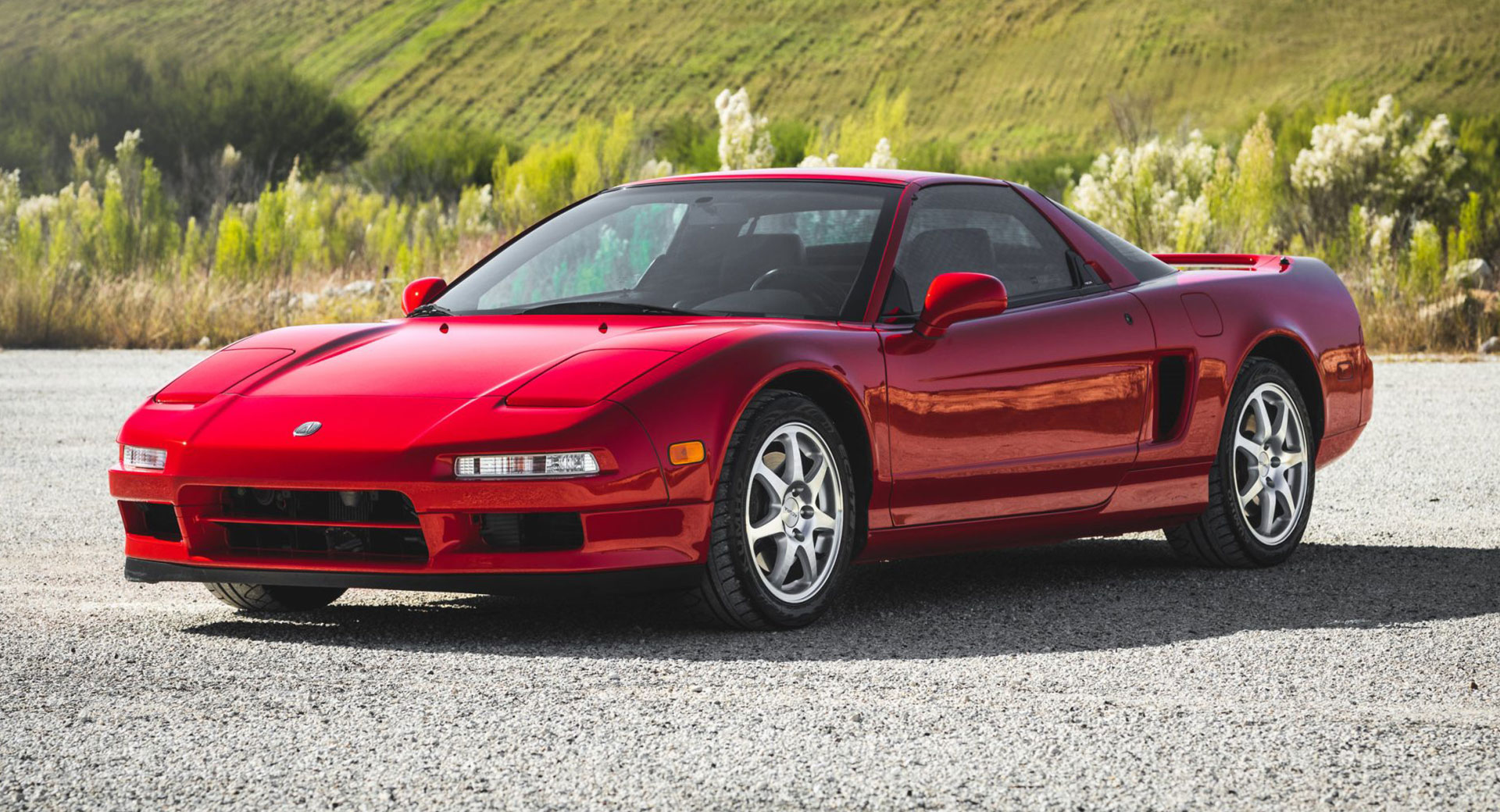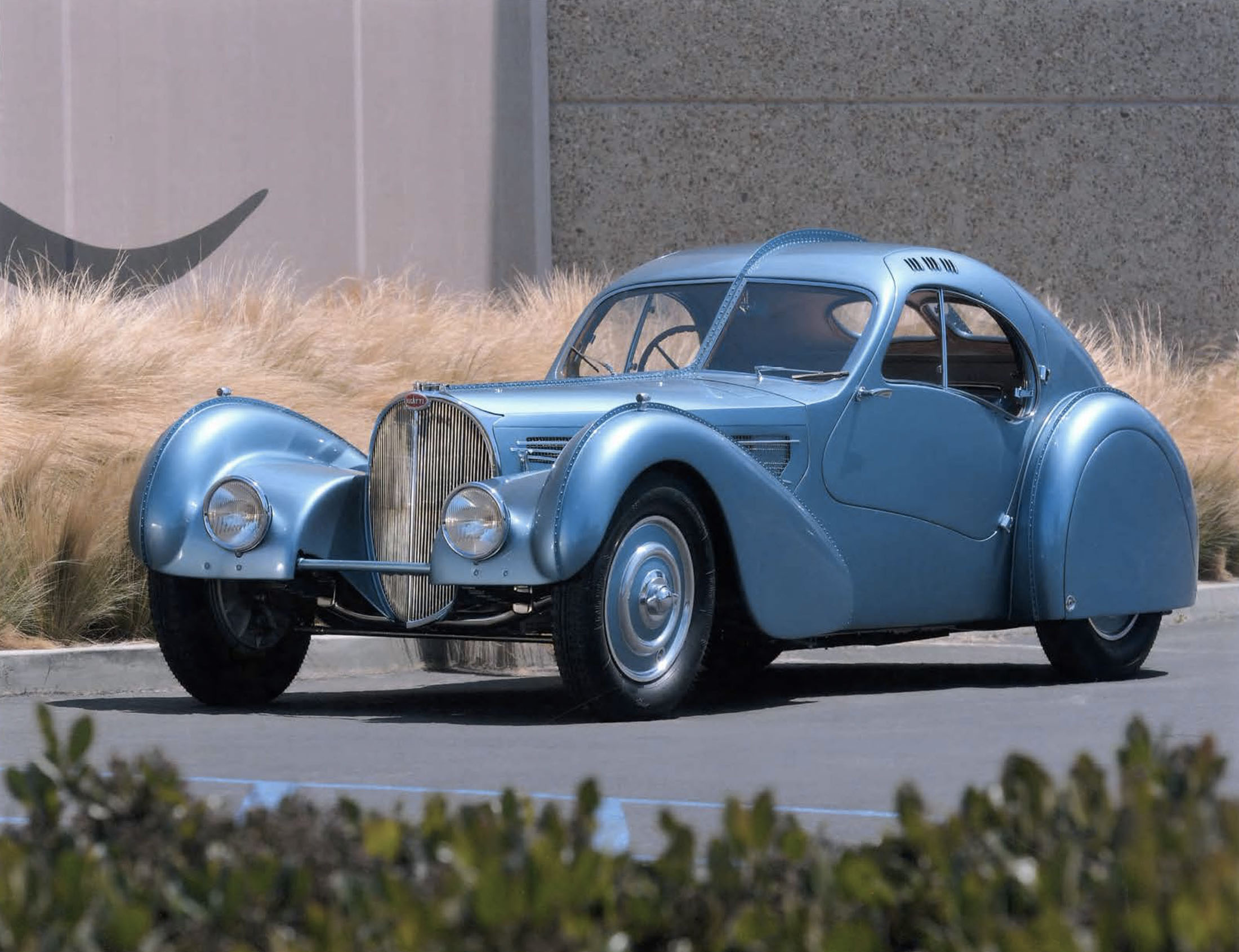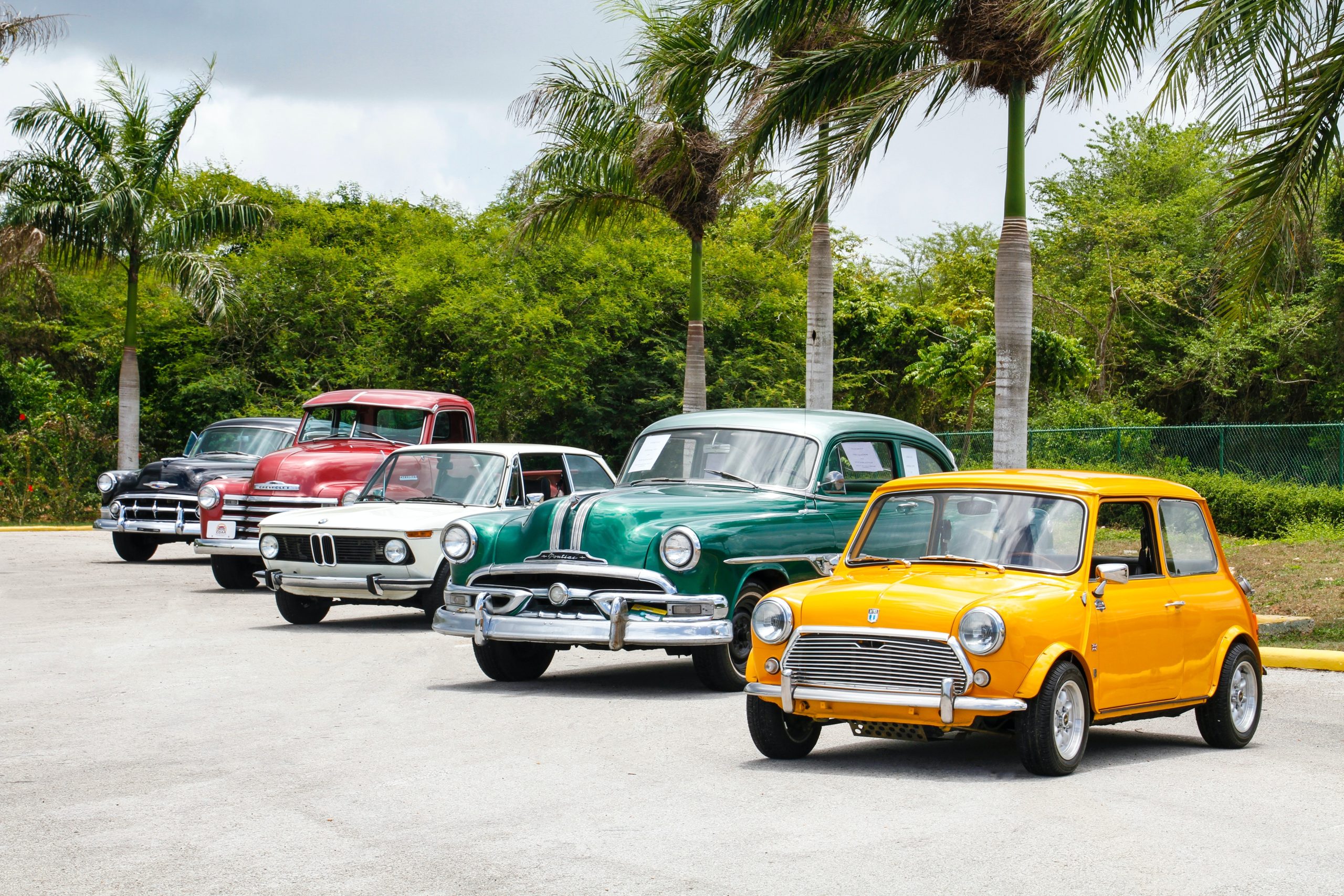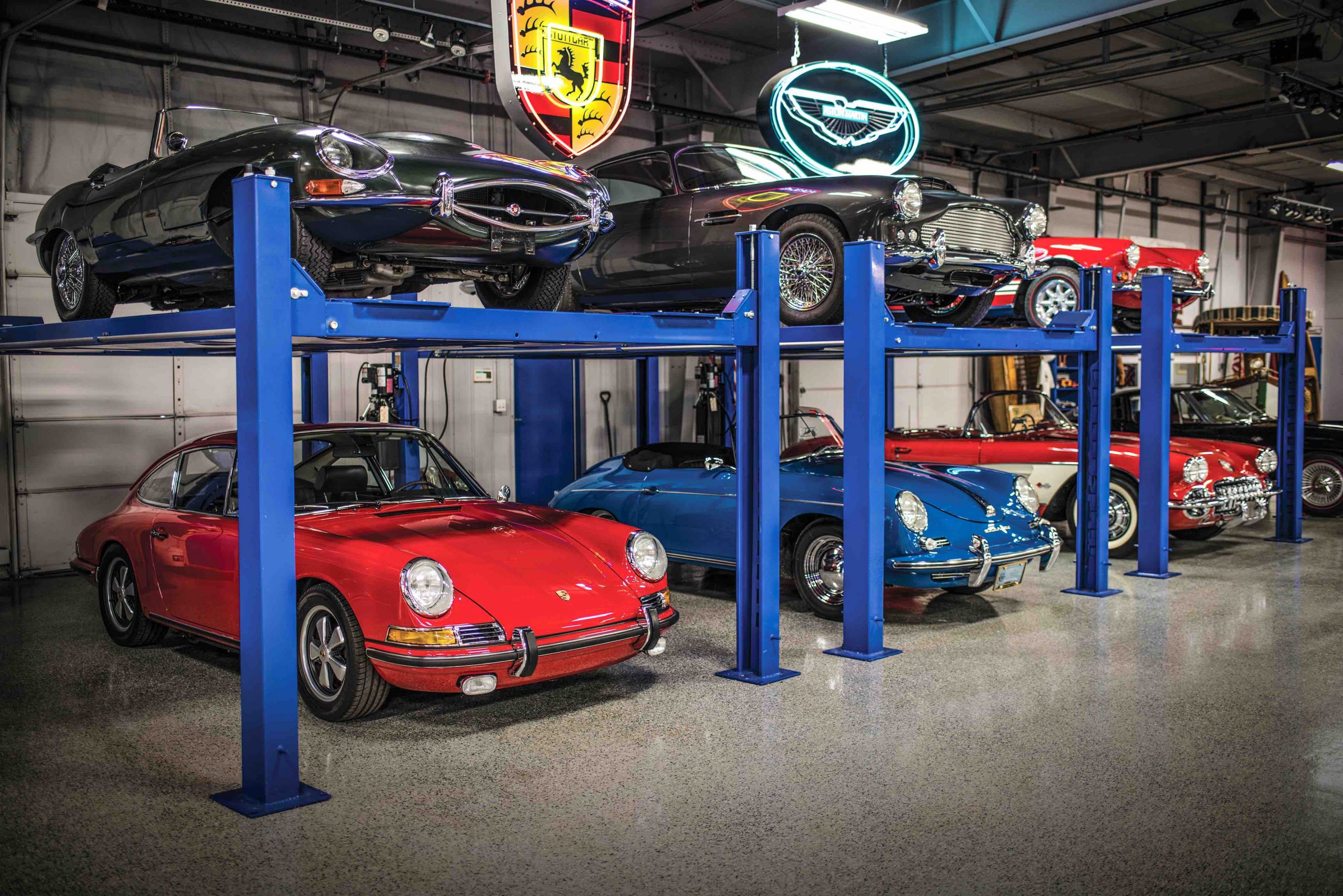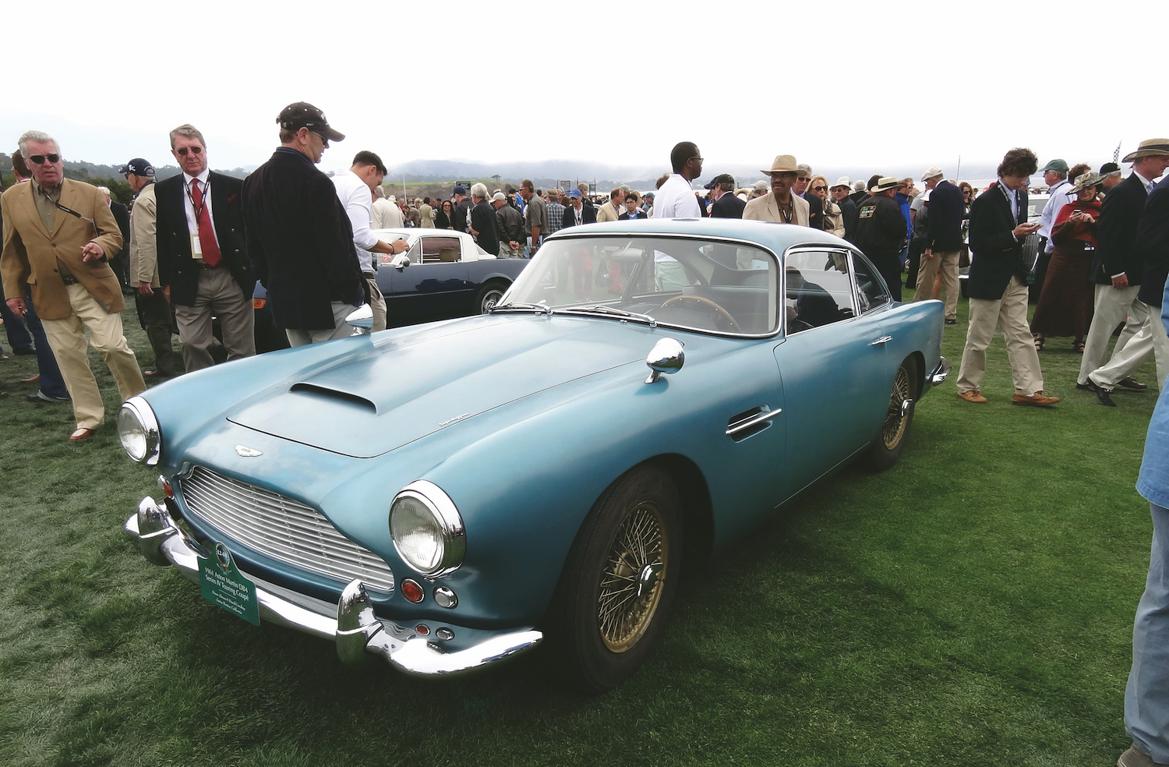Classic cars give off a special vibe that’s unlike any other type of automobile in the industry. In most cases, it has very little to do with speed or technology. After all, the mere idea that they are regarded as ‘classic’ means they are way behind the curve when measured against the current state of automotive tech.
For classic cars, the appeal usually stems from the (sometimes unorthodox) styling, craftsmanship and investment value. Sentimental values like heritage, nostalgia and exclusivity also drive the decision to acquire classics. All of these reasons contribute to why they still make up a very popular segment of the automobile industry today.
What is a Classic Car?
Via Bloomberg
The definitions for what constitutes a classic car vary. However, a generally acceptable theme is to reserve the term for older cars, 20 years or more. However, even with this context, there is a further classification that differentiates between antique cars (over 45 years old), vintage cars (manufactured between 1919 and 1930) and then, classic cars.
Whatever definition you subscribe to, they all align with the fact that classic cars are old enough that they do not fit into any description of a modern automobile. Consequently, their ownership practices, especially around issues such as insurance and maintenance, also tend to differ from the standards adopted for mainstream vehicles.
Owning a Classic Car
Via Forbes
Certain key elements underscore the concept of classic car ownership. They include factors like insurance, maintenance, usage and storage. They are all critical in ensuring that the owner or collector derives maximum value from owning a classic.
Insurance Practices
Classic cars often involve countless hours of painstaking maintenance or restoration work. You wouldn’t want all the hard work to go to waste because you put off the decision to adequately insure your vehicle. Just as with a new modern car, the decision to purchase a classic should always be considered alongside the choice of insurance policy to adopt.
Via Cranegroupinc
The specifics may vary, but most insurance companies will typically classify a vehicle as classic using criteria such as collectible value, exclusivity and historical quality. However, having a classic vehicle does not automatically qualify you for classic car insurance. Some underlying conditions still need to be fulfilled. The key ones that cut across insurance companies are listed below.
- Age of the car – the car is at least 20 – 25 years old with some collectible value.
- Another car must be in the owner’s possession and designated for regular usage. In simple terms, you cannot daily drive your classic.
- Annual Mileage – you cannot exceed a particular mileage per year. The exact amount is flexible but is usually determined by industry practice and the relationship between the insurance company and the policy seeker.
- Maintenance of a clean driving record for anywhere between 5 – 10 years.
- The car cannot be raced on a racetrack.
- The classic must be stored in a secure location, and the owner must demonstrate that adequate measures have been taken to ensure its safety and protection.
Generally, companies which offer comprehensive classic car insurance coverage can be tailored to individual needs. It will include items like collision insurance, medical payments, uninsured motorist coverage, property damage liability and comprehensive insurance.
In deciding on the most suitable insurance package, the policy seeker should consider factors like the agreed value, spare parts coverage and worldwide coverage in case you ship your car to other countries for car shows and events.
It is important to note that classic car insurance policies are often cheaper than other types of vehicle insurance. Insurance companies believe that classic car owners are often less likely to file a claim since the vehicle is usually well-maintained and driven only occasionally. Even then, it may be possible to get even cheaper deals, especially when the vehicle owner has other active policies with the insurer.
Maintenance and Operating your Classic Vehicle
Via Hagerty
Due to the age and condition of a classic vehicle and its components, extra care is often needed to preserve its value and keep it in great running condition. Here, we identify some essential maintenance tips and best practices to prolong the life of your classic.
Check the fluids regularly.
This is one of the most important tips as far as maintaining your classic vehicle is concerned. Check the engine oil, brake fluid, transmission fluid and water levels. Top them up or change them altogether, depending on the condition. Also, ensure all the fluid monitoring gauges on the dashboard are in proper working condition.
Check the brakes
The brakes are another critical aspect of classic car maintenance. It is recommended to have a professional bleed the brakes and ascertain the condition of the brake pads and rotors.
Remember the cooling system.
The cooling system should be flushed out at least once a year. Doing so will replace the fluids and prevent the build-up of mineral deposits and other debris that may restrict free flow within the system.
The condition of the tires
The tires should not reflect the age of your classic! Check for worn threads, cracks in the tire wall and tire pressure. Ensure you replace used sets as per the tire manufacturer’s recommendation or as required.
Regular maintenance is key
In addition to routine checks, the role of regular maintenance cannot be over-emphasized when it comes to preserving the value of your classic vehicle. Ensure qualified professionals carry out proper inspections and maintenance services.
Cleaning your classic
Prevent the build-up of dirt on your beloved classic, as this can lead to other issues, such as rust and chipped paint. Wash your car thoroughly after each use and wipe down with a soft cloth to remove watermarks. This can be done in your private garage, but we also recommend occasional visits by a professional for a complete detailing session.
Drive your classic
Yes, we understand why classic car owners may be reluctant to drive their prized possessions. However, one of the best things you can do for your classic car is to take it out for the occasional drive. To minimize risks, you can pick a day and time when traffic is lightest and enjoy a leisurely cruise as you soak in the nostalgia.
Overall, it is highly essential that you carry out your due diligence before making the final buying decision when considering classic car ownership. Consider elements like your budget, vehicle condition, insurance policy, maintenance requirements and availability of spare parts. With all these items checked off satisfactorily, the odds improve significantly in your favour. The ownership experience can be richly rewarding both from a financial standpoint and the enjoyment factor.

